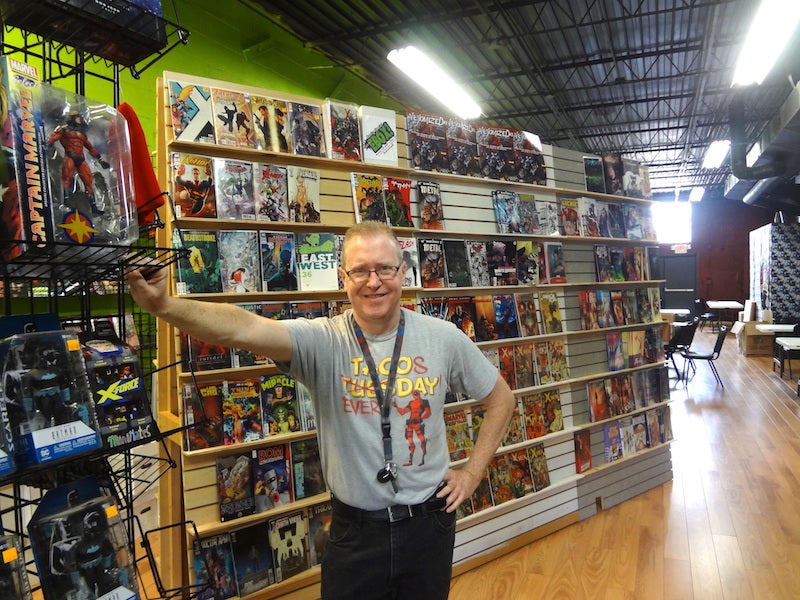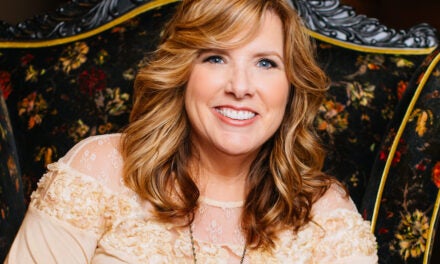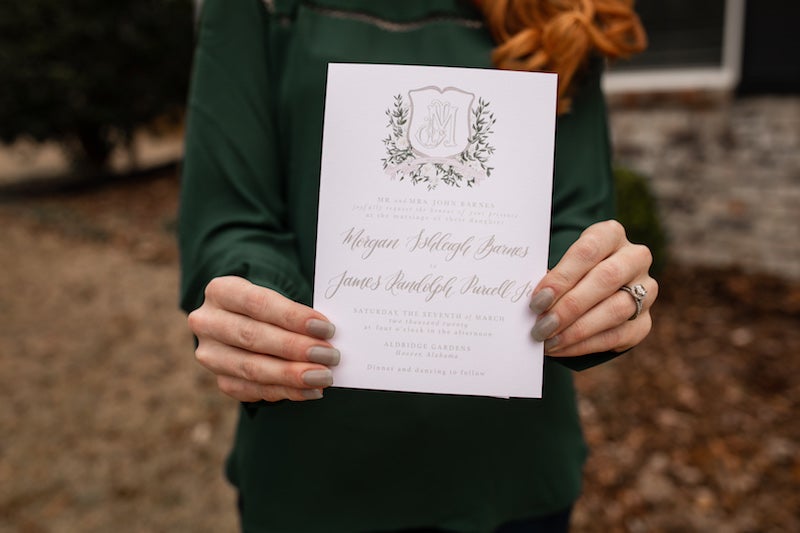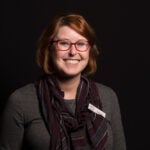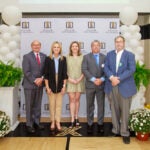Alisa Koch’s approach to painting landscapes changed when she discovered the palette knife. She had been introduced to many methods of painting over the years, but none of them satisfied her and the application of paint. The palette knife was recommended to her as a tool to create a loose style and to be able to sculpt the paint. When she started using the palette knife, she realized it made her simplify the shapes and left her mark more defined. She was intrigued by the tool and set forth in putting into practice – daily – learning how to master it.
How did you get into minimalist landscape painting?
I have always admired the landscape and had a strong desire to replicate the emotions it evoked on me through the language of paint. In order to do so, I had to first learn the rules to painting an image that represented the landscape. I had been painting for many years, but had decided to put into practice painting regularly and seeking out the knowledge of others. That journey led me to the style of the Tonalists. Mentors and teachers tell you to seek out an artist’s style that you like so you can learn everything from them, but there was no one that painted the way I wanted to paint – the abstract landscape. I wanted a representation that relied on the tools and medium to tell the story and create the image.
How is a palette knife different from a brush in terms of color use and landscape composition?
My artist friend Larry Stewart told me once that painting with a palette knife is like painting with a shovel. You scoop up paint and put it in place with a definitiveness. It allows the mark of its maker to come through to the viewer. The tool allows you to sculpt your paint. You can create a movement in your work giving it touch ability to the viewer. The colors are more pure and do not become mud as with other applications of oil paint.

What do you hope to accomplish during your workshop at Aldridge Gardens?
As with all of my workshops I hope to inspire others to continue in their endeavors to create. I want to teach them a method that will give them confidence to paint and to do it in a way that is uniquely their own. I like to provide a great deal of knowledge to the artist but also give them the flexibility to seek out their voice in painting.
What inspires you as an artist?
Inspiration can come in many different forms, so I try to keep an open mind. It can be a conversation with someone, something I read, a color combination I see in a magazine standing in the checkout aisle of the grocery store, a beat to a song. Most of my influences are the things that heighten my senses and call my attention.
What else do you do besides landscapes?
I have been working with encaustics the past couple of years. My mentor and friend Nancy Mims Hartsfield had an injury a couple of years ago and needed some help in her outdoor studio as she was preparing for a gallery show. She taught me about the medium which is a bees-wax based paint that you apply to a surface such as wood or hard panels. It allows me to retain this sculptural aspect to my work with a much more organic feel to it. I also paint abstracts, florals and animals in oils. I am currently studying figure drawing with Elana Hagler. I am constantly learning new things and feel very fortunate to have friends that are wonderful artists as well. In fact, I think the best part about being an artist is the exposure to the world of artistic friends, their work and the gallery openings.
Which paintings of yours is particularly special or meaningful to you?
There are pieces of work that I identify with as my transition pieces. Those are works of art that I succeeded in finding a new technique or altering something in my method. Sandra Larson (another artist friend) told me once that I will paint so many paintings that I won’t be able to remember them all. That was a foreign idea to me because I had not painted a lot of paintings at that time. At the moment of creating you are so entranced by that thing that pushed you to create that you think you could never forget it. Yet as time goes by you do forget, but I am always able to identify the paintings that were my transition pieces. And then of course the ones that win awards are a favorite!
A portfolio of Alisa’s work can be viewed at http://oilandturp.com/. She has small pieces for sale at B Barganier Interiors and larger works at Stonehenge Gallery in Montgomery.
Email to sign up for workshop announcements to oilandturp@gmail.com
Facebook – facebook.com/alisa.koch1
Instagram – alisa_koch_art



